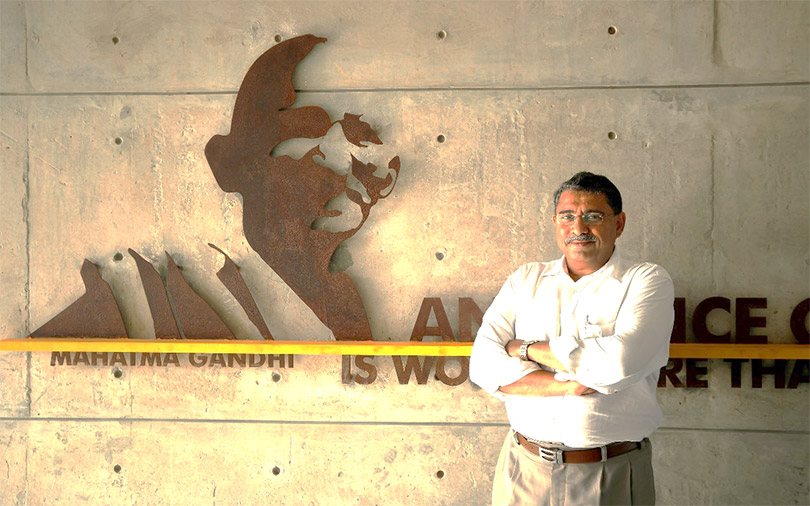
Why blockchain is a 'smart' register that you can trust


Everyone these days (and their aunts too!) are ‘doing’ blockchain, and they throw in artificial intelligence and machine learning for good measure. Companies are using it to bump up their stock price, consultants to increase their billing rate, startups to increase their potential valuation, and mere mortals to spice up their coffee conversations.
Simplifying the complex
I must confess that all this leaves me a bit perplexed – why does the whole world have its knickers in a twist about a simple register? Well, really – that’s all it is – a register. One that records transactions – pretty much anything you want it to. Ok, granted that it is a ‘smart’ register that writes itself automatically. We also take into consideration that it is a ‘trusted register,’ one that is always truthful under all conditions. Also, it cannot be re-written, over-written or changed in any way. Any entry in this register can be proven and verified to be true at all times, so we can trust any entry in a blockchain register.

Blockchain, created by the secretive genius Satoshi Nakamoto in 2008, is truly the answer to the trust deficit that plagues our world today. Consequently, this increases the speed of business transactions and reduces overall costs. Powerful stuff, wouldn’t you say?
Let’s explain this with an example—if I am buying a large consignment of red apples from the US from a trader in India, blockchain will provide me the entire chain of entries. This includes the farm they were grown on, the time period when they were harvested, all the fertilisers and pest control measures they have been subjected to, all the locations and time periods where they were stored, the transit times and logistics partners, right up to the final purchase made by me. So now, the trader cannot sell me last season’s cold-stored apples as fresh ones airlifted from the US!
Some very clever logic and computing have gone into setting up this system of distributed computing, including Byzantine fault tolerance and decentralised consensus, making it impossible to corrupt. It's called ‘block chain’ since it’s a chain of validated transactions (blocks) each element of the chain carrying the reference of the previous transaction.

Why blockchain?
Although it was created specifically to power the world’s first cryptocurrency—Bitcoin—blockchain is now being used for multiple applications. The Bitcoin example shows that, at a deeper level, this technology has the power to ensure disruptive innovations that will change the way the business world works.
As with any currency, the oldest fraud is printing counterfeit currency notes, and in the real world, central banks go to great lengths to guard against potential counterfeiters. Blockchain was evolved to take care of just this problem. When a new Bitcoin is created or ‘mined’, a decentralised, distributed, public ledger ensures authentication by mass collaboration across the world. Once a new piece of cryptocurrency is brought into existence, its entire transactional journey is faithfully recorded in the public register. This ensures that at all times, everyone can see and verify that it is genuine, when it was created and who owned it before it came to them.

Blockchain in the real-world
Now, let’s look at applications where this can be used to increase trust and efficiency in our working worlds.
For example, our identity documents such as Aadhaar, PAN, passport, driving license, etc., can be stored on the cloud using a blockchain application. You can keep of them whenever you download or access them. Consider your intellectual property or any digital asset, like a photograph you have put into the public domain, with a copyright. Every time someone downloads the photograph, you will know who has done so and where it is being used, and that person knows that this is your copyrighted property.

Now imagine all title deeds for properties secured via blockchain—it ensures complete trust and provenance on what you are actually getting into.
The applications of blockchain are endless, but before you get the feeling that it is the answer to all woes in the digital asset domain, a small word of caution—the actual blockchain is a very robust, almost infallible system. You still need to deal with errors or attacks at points where data is being loaded onto the blockchain, or the environment that controls and operates the technology itself.
Anupam Jalote is chief executive of iCreate, a startup incubator based in Ahmedabad, Gujarat


